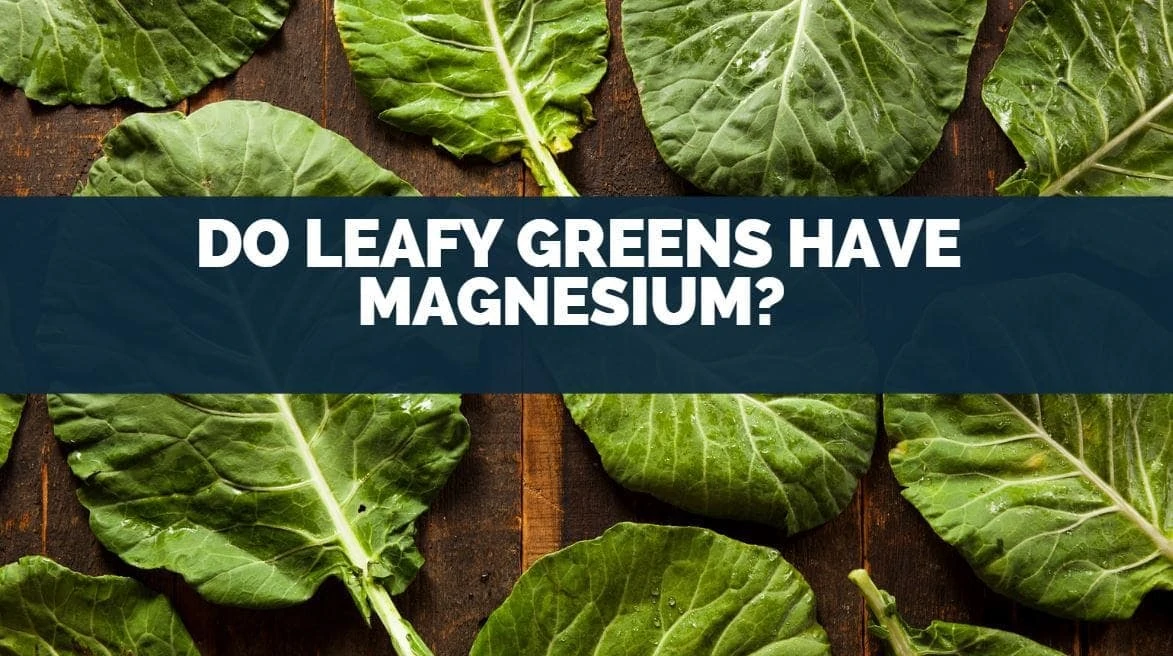
Magnesium is a vital mineral for normal human functions.
Magnesium is one of the seven essential minerals, and it’s best to meet this from foods as opposed to supplements.
Leafy greens have magnesium and are an excellent way to meet up your daily requirements.
Magnesium is vital for the maintenance of normal blood pressure, joint health, and nervous system function.
Good sources include kale, spinach, and collard greens.
The rest of the article will share with you the best leafy green sources of magnesium;
- The benefits of magnesium
- What type of fiber is in leafy greens
- Do leafy greens have vitamin D, and
- Do leafy greens have vitamin C.
Table of Contents
Getting Magnesium Into Your Diet With Leafy Greens
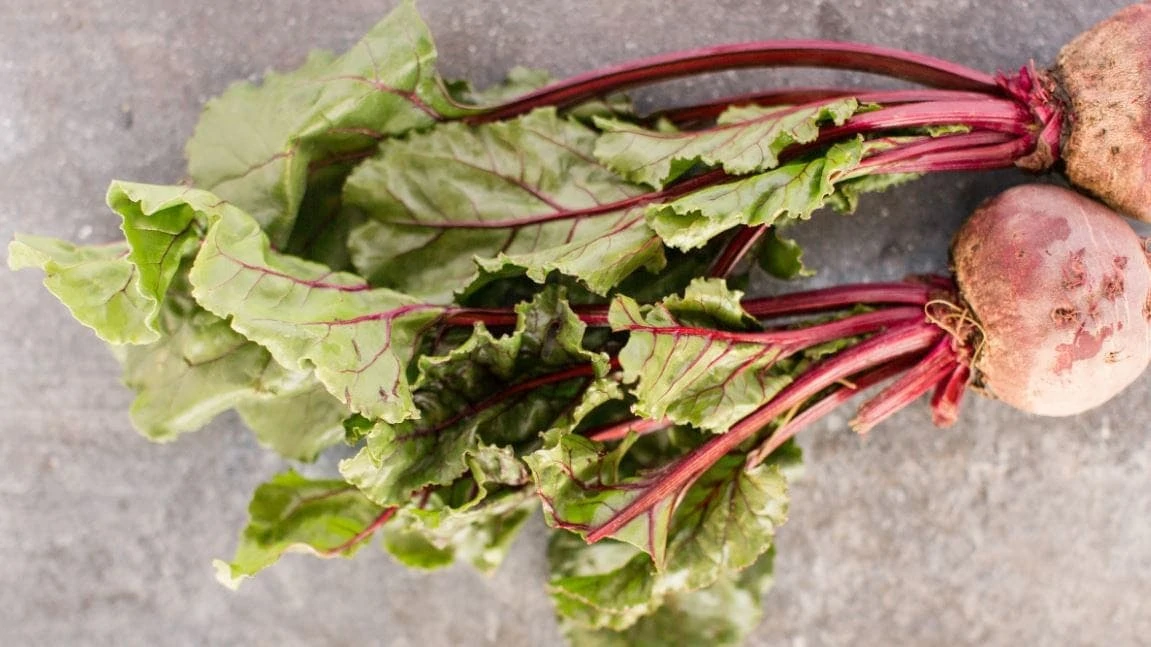
Leafy greens are a nutrient gold mine. Many doctors recommend including these veggies on your diet to get your daily dose of various nutrients and minerals.
They are also an excellent way to stock up on magnesium.
Leafy greens that are high in magnesium include beet greens, collard greens, spinach, and kale.
You could add these vegetables to your meals to fulfill your body’s magnesium needs.
Try them raw or cooked but ensure they’re washed well to remove impurities like pesticides.
This section highlights the specific magnesium content of these magnesium-rich vegetables.
Kale
Kale became increasingly popular a few years ago among the health-conscious. Many health experts praised it for being the very best thing after sliced bread.
The buzz might have died down now, but it’s still an excellent source of lots of nutrients, one of which is magnesium.
A single 100g (3.53 ounces) serving of raw kale contains 32.7mg (0.0012 ounces) of magnesium. This magnesium load in kale makes it an excellent choice for meeting up with your daily magnesium requirements.
There are four types of kale:
- Curly kale. Curly kale has a spicy and peppery flavor. It has bright green leaves that look like ruffles.
- You might have seen or eaten this kale because it’s the most popular type.
- Redbor kale. This type of kale might have deep red to purple leaves.
- It also has ruffled leaves.
- Dinosaur kale. You can identify dinosaur kale by its narrow wrinkly leaves that resemble dinosaur skin.
- They have a strong stem that you might want to remove before removing.
- Russian kale. The flat fringed leaves of the Russian kale might have a red or purple color.
- It has a rather sweet taste, but it’s hard to find.
Before including kale into your regular diet, you might want to speak to a doctor or dietitian. That’s because it has a high calcium content, which could contribute to kidney stone formation.
Kale is versatile, and you can include it in many dishes, including:
- Salads
- Chips
- Pesto
- Soups
- Smoothies
You might want to go for firm leaves free from yellowing when buying kale.
It should last up to five days in your refrigerator.
Spinach
Spinach is a versatile leafy green and would fit into most meals. It’s also a well known nutritional powerhouse and makes an adequate supply of magnesium.
Spinach has been a staple meal for a long time and spread across Europe in the 12th century.
A 100g (3.53 ounces) serving of raw spinach contains 79mg (0.0028 ounces) of magnesium.
This high magnesium makes spinach one of the best magnesium sources.
Spinach is also a great source of several vitamins and minerals, including vitamin K. This high vitamin K content of spinach might mean it’s not ideal for someone on blood thinners since vitamin K promotes blood clotting.
The oxalic acid content of spinach might also be concerning. Oxalic acid effects might be minimal, but you might want to cook it before consumption to reduce oxalic acid levels.
Try sauteing, steaming, and microwaving your spinach instead of boiling to reduce nutrient destruction. Spinach can fit in almost anywhere.
Think of your favorite dish and consider ways to include spinach either as a side dish or diced and sprinkled in as one of the ingredients.
Collard Greens
Collard greens are cruciferous vegetables together with kale. As you would expect, it’s also a reliable source of your daily nutrition needs.
Collard greens contain 30mg (0.0011 ounces) of magnesium per 100g (3.53 ounces) serving.
You could try innovative ways to include collard greens in your diet and reap their nutritional benefits.
The vitamins and minerals in collard greens could help reduce your chances of specific health conditions and oxidative damage.
Like most cruciferous veggies, collard greens are pretty tough, so you might want to cook them before consumption.
They’re also rich in fiber, so you might not want to go overboard with collard greens.
The high fiber content might cause you gas or bloat.
Collard greens provide folate, which makes them ideal for pregnant women.
Pregnant women need adequate folate in their diet to prevent spina bifida in their babies.
Beet Greens
Do you throw out your beet greens? You might want to consider using them as a source of magnesium. These vegetables look like Swiss chard and are also a great nutrition source.
Each 100g (3.53 ounces) serving of beet greens contains 23mg (0.001 ounces) of magnesium.
You can include beet greens in your favorite dishes to meet up with your magnesium needs.
The high carotenoid content of beet greens makes it superb for improving your eyesight.
When choosing beet greens still attached to beetroots, ensure they look fresh, not wilted or slimy.
You might want to choose smaller roots over larger ones because larger roots might have a wooden center.
You can store the leaves by cutting them from the roots, placing them in ziplock bags, and keeping them in your refrigerator for up to seven days.
You might want to do a quick boiling on your beet greens before adding them to meals. This boiling helps free up acids.
You should discard the boiling water because of its acid content.
What Are The Benefits of Magnesium?

Now we know excellent vegetable sources of magnesium. The next step would understand why magnesium is vital for our health.
Magnesium is an essential macromineral. It’s crucial to maintain the cardiovascular system, bone health, anxiety, premenstrual syndrome, and diabetes.
To meet up with requirements, you might need a minimum of 100mg/day.
Magnesium’s influence on health is related to its relation to inflammation markers. It also helps in the maintenance of muscle health, including cardiac muscles.
The recommended intake of magnesium by age and sex is outlined below:
| Age | Male | Female |
| 1-3years | 80mg/dl | 80mg/dl |
| 4-8years | 130mg/dl | 130mg/dl |
| 9-13years | 240mg/dl | 240mg/dl |
| 14-18years | 410mg/dl | 360mg/dl |
| 19-30years | 400mg/dl | 310mg/dl |
| >30years | 420mg/dl | 320mg/dl |
What Type of Fiber Is in Leafy Greens?
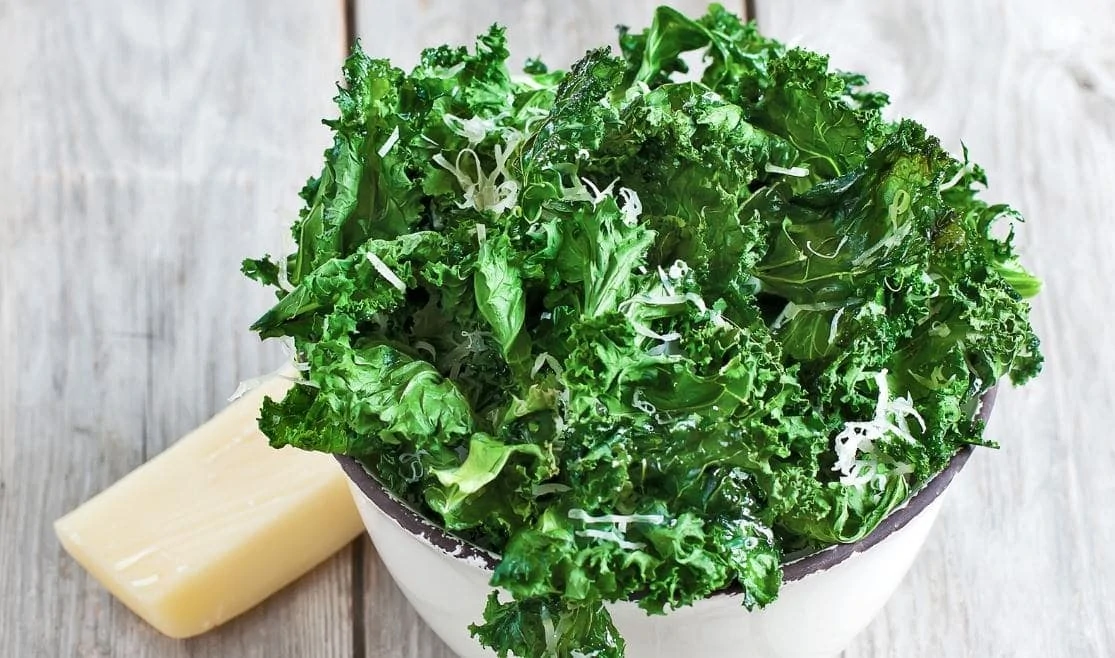
Fiber is the non-digestible dietary part of the food.
Though it offers no nutrients, it’s crucial to the health of the digestive system. They contribute to digestion and disease prevention.
Insoluble fiber is generally found in leafy greens such as kale, beet greens, spinach, and collard greens.
This fiber content makes it excellent for relieving constipation and promoting bowel movement.
Fiber has no nutritional value but contributes to a healthy digestive system.
There are two types of fiber:
- Soluble fiber. This fiber dissolves in water and forms gel during digestion. Soluble fiber slows down digestion and, with its water-attracting abilities, could help reduce diarrhea. Familiar sources of soluble fiber include grains and fruits.
- Insoluble fiber. This fiber doesn’t dissolve in water and moves through the digestive system in bulk. It helps improve constipation and promote bowel movement. Common sources include leafy greens and whole grains.
Here are some excellent leafy greens vegetables and their fiber content per 100g (3.53ounces):
- Kale – 4.1g (0.145 ounces)
- Spinach – 2.2g (0.078 ounces)
- Beet greens – 2.8g (0.099 ounces)
- Collard greens – 2.8g (0.099 ounces)
Do Leafy Greens Have Vitamin D?
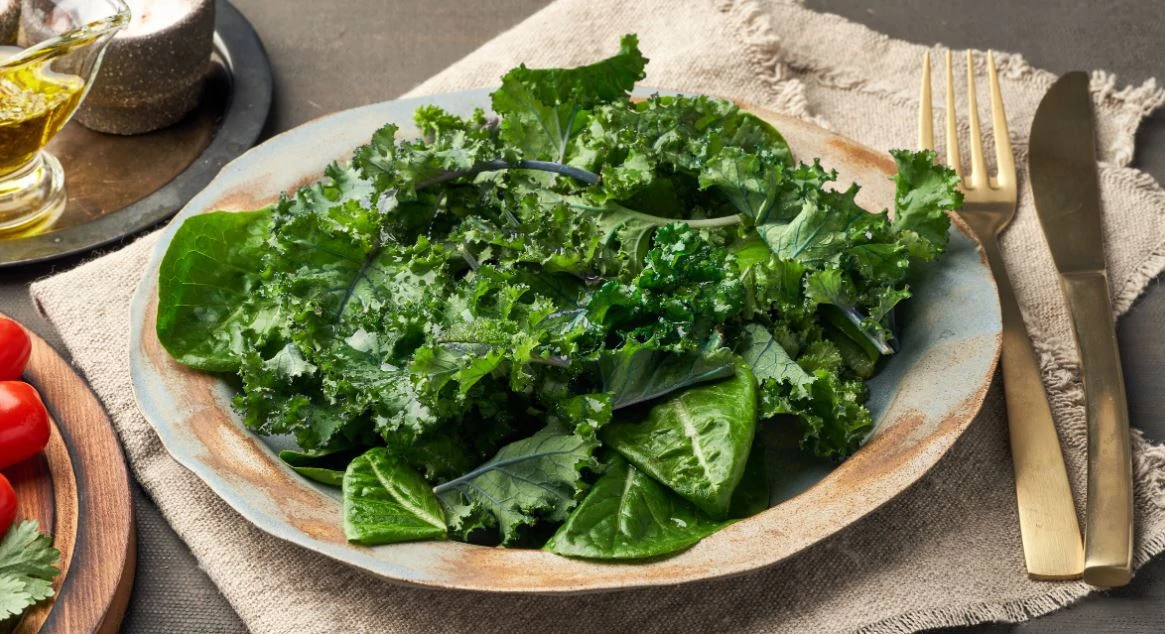
Vitamin D is crucial for maintaining the body’s calcium and phosphate levels.
These minerals, in turn, help to strengthen bones and teeth.
Leafy greens like collard greens, beet greens, kale, and spinach don’t have vitamin D. Good vitamin D sources include egg yolk, liver, oily fish, red meat, and fortified foods.
You could also get your vitamin D requirements from supplements.
During the summer months, with adequate sunlight exposure, your body produces sufficient vitamin D to meet its needs.
Direct sunlight on your skin induces the first step of the transformational reaction, which proceeds in the liver and kidney to produce vitamin D.
If you’re not getting enough sun exposure, you might want to get your vitamin D from your diet or supplements.
Foods containing vitamin D are:
- Red meat
- Egg yolk
- Oily fish
- Liver
Hypercalcemia could result from excess vitamin D and could cause weak bones and liver/kidney damage.
If you’re getting your vitamin D from supplements, try not to exceed the following:
- Adults – 100mg/day (0.004 ounces)
- Children – 50mg/day (0.002 ounces)
Do Leafy Greens Have Vitamin C?
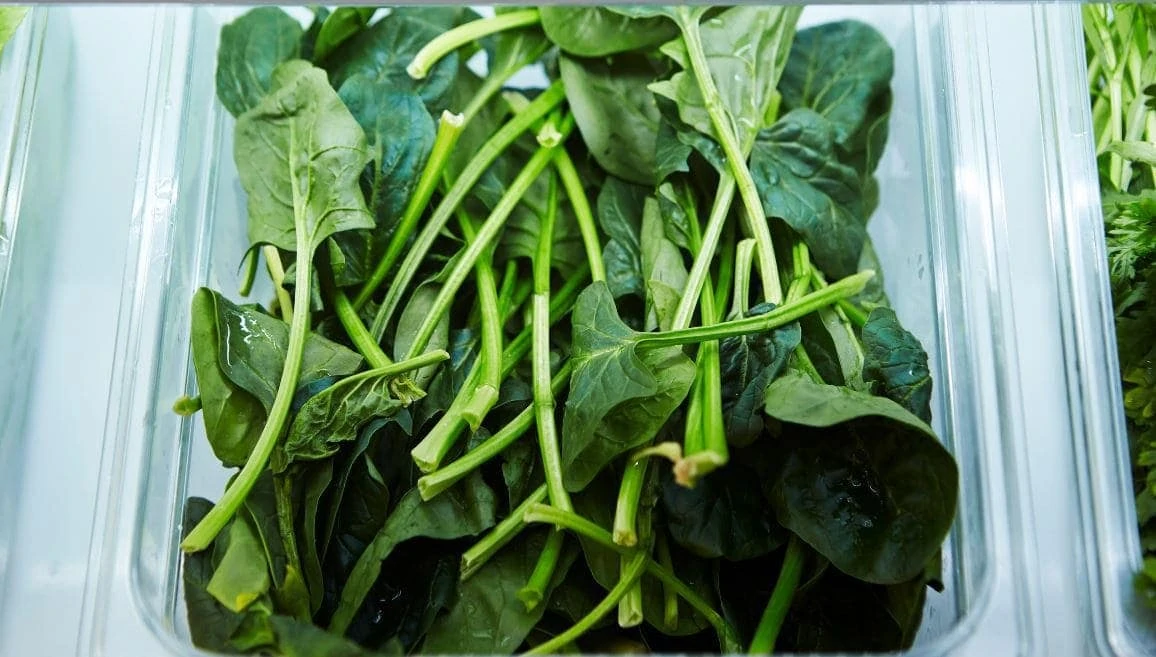
You probably know citrus fruits as an excellent source of vitamin C. However, you might be interested in learning how leafy greens could help you meet your vitamin C needs.
Leafy greens like swiss chard, kale, spinach, kale, and collard greens have vitamin C.
Your body doesn’t produce Vitamin C or store it, so it’s essential to include sources such as leafy greens in your diet.
Vitamin C promotes wound healing and helps your body absorb iron.
The daily vitamin C requirements for adults is 65-90mg/day, and you could meet this from a healthy serving of leafy greens daily.
Consider eating these greens or other vitamin C sources daily because your body doesn’t store vitamin C and needs daily replenishing.
Here are some leafy greens rich in vitamin C:
- Spinach – 28.1mg (0.001 ounces)
- Kale – 93.4mg (0.0034 ounces)
- Collard greens – 26.4mg (0.001 ounces)
- Swiss Chard – 30mg (0.0011 ounces)
Final Thoughts
Leafy greens might help you get magnesium and vitamin C.
However, leafy greens don’t contain vitamin D, and you would have to get your vitamin D requirements through other meals.
Excellent leafy green sources for your magnesium and vitamin C needs include:
- Spinach
- Kale
- Collard greens
- Beet greens

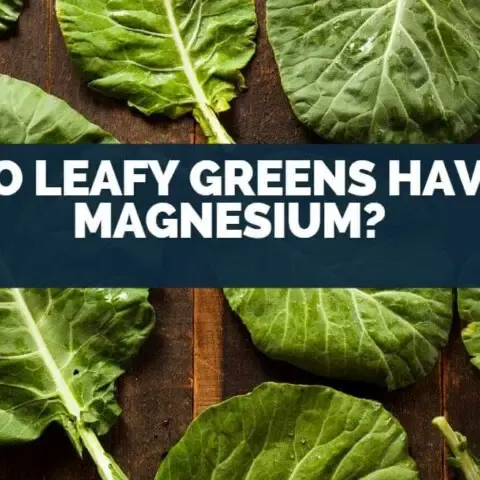

Leave a comment